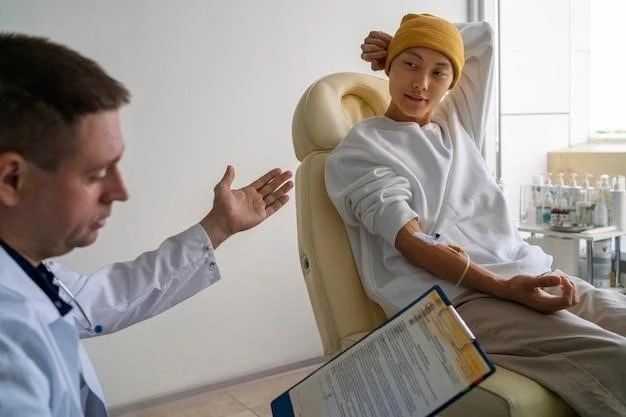Introduction to Michels Syndrome
Michels Syndrome, also known as oculopalatoskeletal syndrome, is a rare genetic disorder characterized by intellectual disability, craniosynostosis, cleft lip and palate, and distinctive facial features․
Michels Syndrome, also known as oculopalatoskeletal syndrome, is characterized by a combination of distinct facial characteristics, intellectual disability, cleft lip and palate, and craniosynostosis․ It is classified as a rare genetic disorder with an autosomal recessive inheritance pattern․ Individuals with Michels Syndrome often exhibit facial dysmorphism, contributing to its diagnostic criteria․
Clinical Features of Michels Syndrome
Michels Syndrome presents with distinct facial dysmorphism, cleft lip and palate, craniosynostosis, and intellectual disability as key clinical features․
Definition of Michels Syndrome
Michels Syndrome, also known as oculopalatoskeletal syndrome, is a rare genetic disorder characterized by a unique combination of facial dysmorphism, cleft lip and palate, intellectual disability, and craniosynostosis․ This syndrome is classified as a rare autosomal recessive disorder with distinct clinical features․
Cleft Lip and Palate
Cleft lip and palate are common features of Michels Syndrome, often seen in conjunction with other facial dysmorphism and craniosynostosis․
Intellectual Disability
Individuals with Michels Syndrome may present with intellectual disability, which is one of the key clinical features associated with this rare genetic disorder․
Diagnosis and Genetic Inheritance
Michels Syndrome is diagnosed based on clinical features and genetic testing, following an autosomal recessive inheritance pattern․
3MC Syndrome
The term 3MC Syndrome unifies four rare autosomal recessive disorders previously known as Carnevale, Mingarelli, Malpuech, and Michels syndromes, characterized by a spectrum of developmental anomalies including distinctive facial dysmorphism, cleft lip, and/or palate․
Autosomal Recessive Inheritance
Michels Syndrome follows an autosomal recessive inheritance pattern, where both parents must pass on a copy of the mutated gene for the child to develop the syndrome․
Epidemiology and Prevalence
Michels Syndrome is a rare genetic disorder with reported cases in Brazil and associations with consanguineous marriages․
Reported Cases in Brazil
Brazil has reported additional individuals with clinical phenotypes aligning with Michels Syndrome, further contributing to the understanding of the syndrome’s clinical spectrum․
A 2-year 7-month-old girl born out of a consanguineous marriage presented clinical features consistent with Michels Syndrome, emphasizing the role of genetic factors in the syndrome’s inheritance pattern․

Treatment and Management
Management of Michels Syndrome involves a multidisciplinary approach including surgical interventions to address the various clinical manifestations․
Characteristics in Consanguineous Marriages
The occurrence of Michels Syndrome in individuals born from consanguineous marriages has been documented, highlighting the potential role of genetic factors in the syndrome’s etiology․
Surgical Interventions
Individuals with Michels Syndrome may require surgical interventions to address cleft lip and palate, craniosynostosis, and other facial and skeletal abnormalities associated with the condition․
Current Research and Studies
The term 3MC syndrome unifies Mingarelli, Malpeuch, Michels, and Carnevale syndromes, shedding light on rare genetic disorders with overlapping features․
Recent Findings on Michels Syndrome
Recent studies have focused on the unification of overlapping genetic disorders under the 3MC syndrome umbrella, highlighting shared characteristics among Mingarelli, Malpuech, Michels, and Carnevale syndromes․
Advancements in Understanding the Condition
Advancements in the understanding of Michels Syndrome have been made, particularly in the unification of related genetic disorders under the 3MC Syndrome umbrella٫ aiding in better characterization of overlapping features and genetic underpinnings of the condition․

Michels Syndrome, previously classified under various names like Carnevale, Mingarelli, and Malpuech syndromes, has been better understood through recent research unifying these rare genetic disorders․ The spectrum of features, including facial dysmorphism and intellectual disability, underscores the complexity of this condition․
